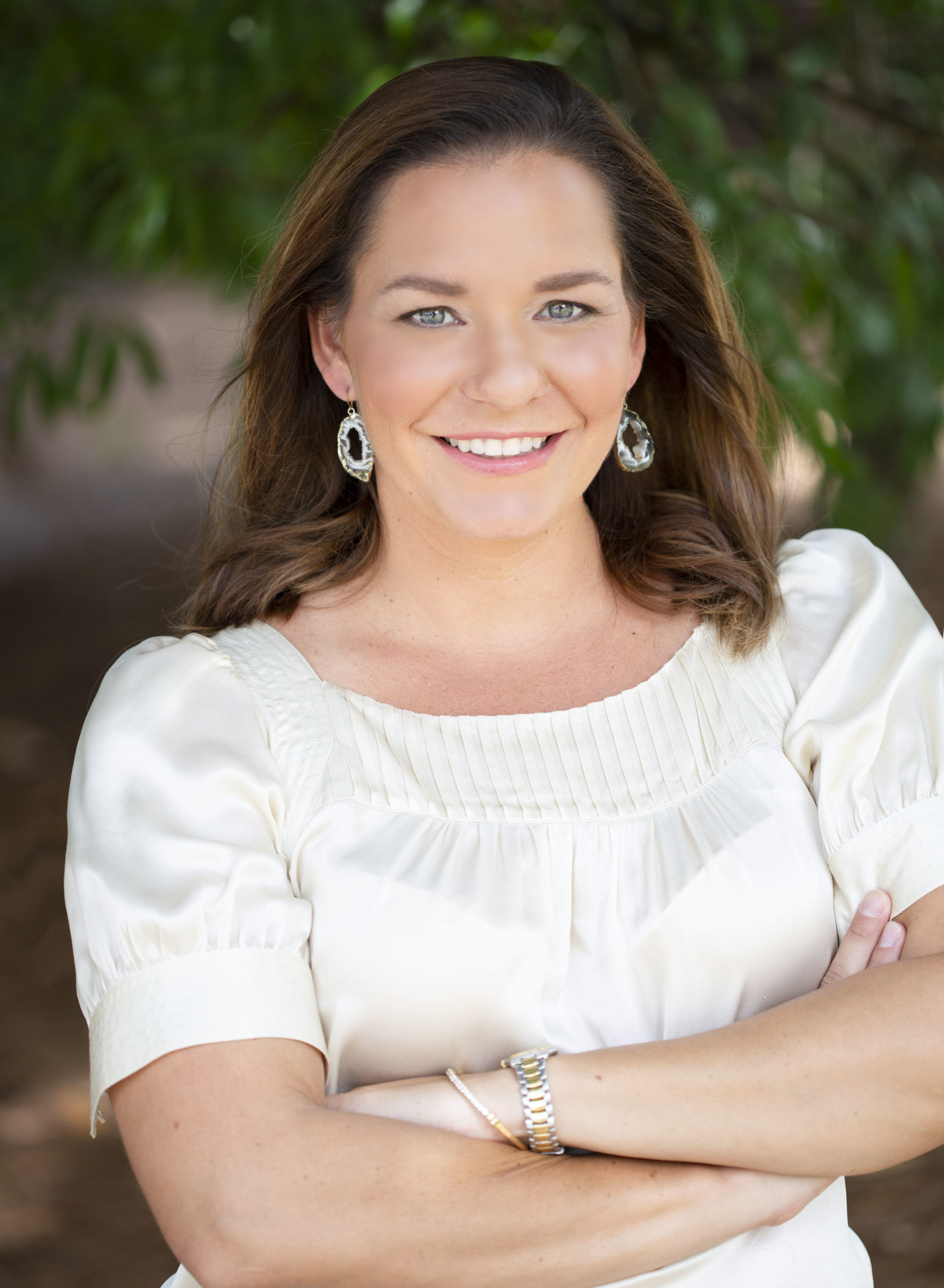

For most beginner investors, the stock market is an approachable way to learn about “the market”. But stocks only paint part of the picture of how money can be invested. If you’ve ever owned an age-based or allocation-based fund, chances are you owned bonds in addition to stocks. Where stocks are ownership in a company, bonds are companies borrowing money from investors with the promised to pay interest at a specified rate and then return the money at the end of the term.
For example, investing $100 a 10-year bond issued at five percent interest would pay $5 per year for 10 years, and at the end of 10 years the company would repay the $100. Pretty simple right? Not quite.
Many bonds are not bought when they are issued by the company, rather they can trade regularly just like a stock. In part, bond prices change with where current interest rates are. So if new bonds are being issued at four percent instead of five percent, that 5percent bond becomes more valuable so an investor might have to pay more than $100 to get that $5 income stream, but when the bond gets paid back, they still only get $100 back.
Another variable that affects the bond price is how the company is performing. Bonds are rated from high credit to low credit ratings, kind of like how mortgage companies look at individuals credit ratings before issuing a mortgage. Companies that are highly likely to pay back their bonds are called “investment grade” ranging from AAA to BBB (by the S&P rating agency). The highest credit rated bond is the U.S. government. For example, Coca Cola and Microsoft are considered investment grade bond issuers.
Companies with financial headwinds who are less certain to pay back bonds are called “high yield” or “junk bonds”. As you might imagine, high yield bonds typically pay a higher interest rate than investment grade bonds. While you may think of highly speculative companies in this space, there are often recognizable names. Of note, Netflix just moved from high yield to investment grade, and Ford Motor Company has been and continues to be high yield.
Due to these dynamic factors, bonds can be challenging for the average investor to managing. For investors wanting to manage their own portfolio, I usually suggest employing a technique called laddering. Bond laddering is when an investor buys a new issue with the same term (how long the bond stays outstanding) with the same credit risk each year, thereby creating a portfolio with an average yield that should smooth out over a number of years. Many bonds have minimum purchasing amounts ranging from $10,000 to $250,000 so this isn’t always an option for the average investor.
Other ways to invest in bonds are to use an advisor or buy into a fund (which is probably most common). Be sure to look at the term, rate, and risk no matter how you decide to include bonds into your personal investment portfolio. Happy investing!
Read more financial stories in the Your Money channel on WO Resources.



